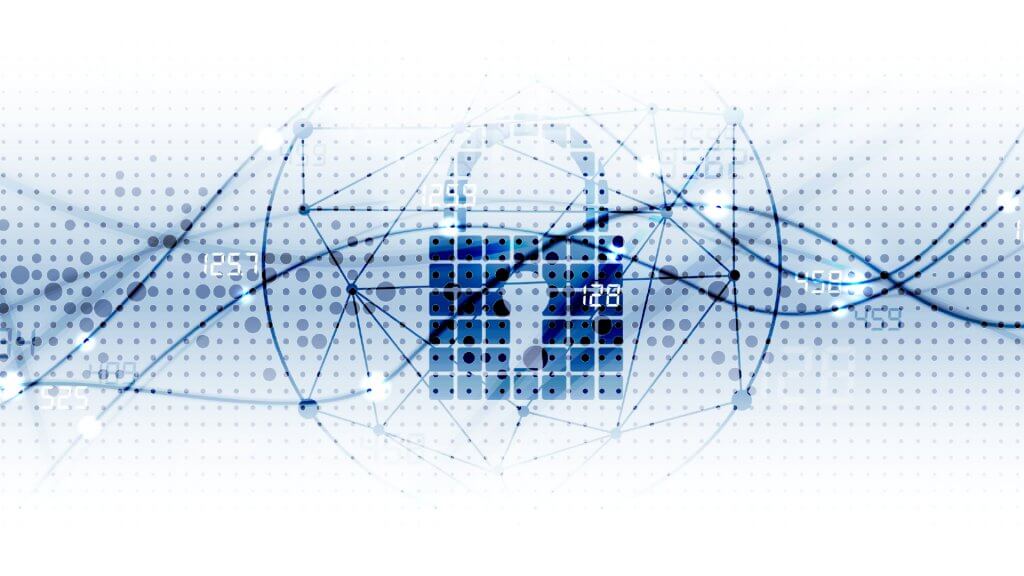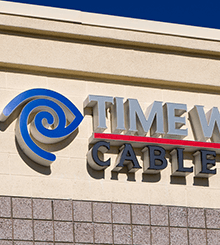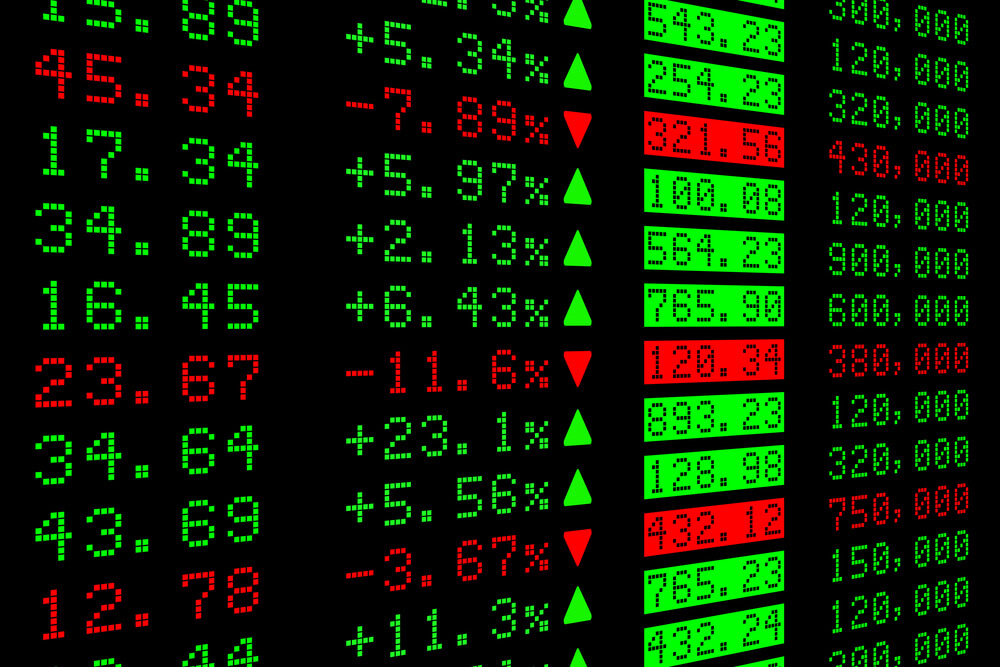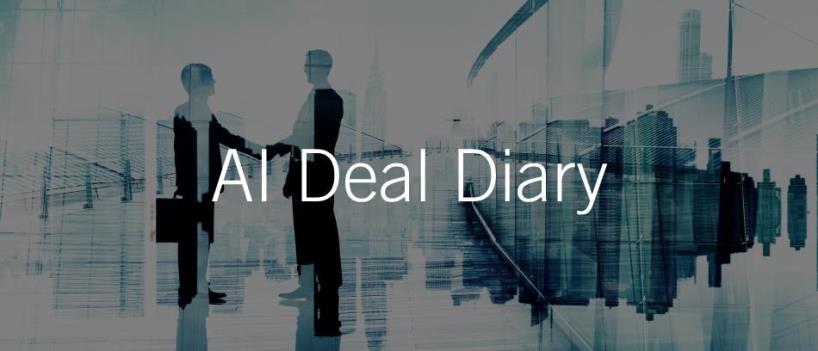
Have you ever used your smartphone to turn on the air conditioner in your home? Or have you used a step counter to measure your daily walking distance? If so, then you’ve already had first-hand experience with IoT.
IoT stands for Internet of Things, a term referring to the network of objects or things connected via software or sensors which allow them to be operated remotely using mobile devices. IoT made it possible for everyday household items, electronic gadgets, vehicles, and even industrial machinery to communicate with users over the Internet.
If you’d like to know more about the IoT industry and how it impacts daily life, businesses, and the future in general, continue reading this article.
- How IoT Works
The Internet of Things refers to connecting appliances, vehicles, machinery, and other devices through the Internet to allow remote operation. These gadgets have built-in data processors and sensors that help them enact commands based on the data they receive. Some devices are compatible with connecting with an MQTT message broker, allowing gadgets to exchange data.
In the medical industry, for instance, IoT can be observed in medical equipment such as monitors and scales. This technology significantly improved efficiency in patient monitoring and is also incredibly beneficial in other medical procedures.
Furthermore, IoT has also been utilized in transportation and manufacturing industries through the invention of smart cars and machinery with AI or robot integration.
A complete IoT system consists of four essential elements, they’re as follows:
- Devices And Sensors
An IoT system connects devices and sensors to the Internet to collect data and use it to command action.
- Connectivity And Data Gathering
IoT-operated devices connect to other gadgets for remote operation through various channels. Some examples include Bluetooth connectivity, radio frequency identification (RFID) readers, and file transfer protocol (FTP).
- Data Processing
The data collected by the device will pass through a cloud and be processed in software to follow a command. Then, the devices will collect data to predict user preferences and adjust their performance to the interpreted data.
- User Interface
IoT systems also require a user interface for setting up devices and operating them remotely. For instance, a smart home system allows the homeowner to monitor and operate HVAC systems, door locks, and other appliances using a mobile interface.
These four elements are present in many industries and sectors, which is why IoT can be easily integrated into many organizations, systems, and processes.
- The Benefits Of IoT
Using IoT can help enhance the efficiency of many business processes. Here are some examples of the benefits of using IoT in various functions:
- Manufacturing
The manufacturing industry can use IoT to boost their productivity, efficiency, safety, and security in the production area and optimize their resources.
- Data Collection
IoT allows companies to improve their data collection, management, analysis, and interpretation. The data gathered through this system can be collected more quickly and effectively, enhancing the efficiency of other data processing stages.
- Customer Experience
In recent years, many companies have strived to provide a personalized customer experience. Integrating IoT into their products and services helps them ensure that the customer requirements will be accurately met.
Finally, optimizing IoT technology can dramatically reduce operating expenses for many companies across industries.
- Industries That Can Benefit From IoT
Many industries can benefit from using IoT. Here are some examples:
- Manufacturing
Manufacturers can significantly benefit and optimize their competitive edge through IoT. By using smart machinery, they can expand their product lines, improve accuracy, and address errors in their operations.
- Automotive
IoT technology can significantly improve safety and security in automotive, both in the production and post-production stages.
- Retail
IoT applications can also be beneficial for retail companies when it comes to streamlining high-volume inventory and distribution.
Furthermore, IoT can help healthcare institutions to manage their assets by using tracking devices connected through this technology.
- The Future Of IoT
Industry experts predict steady growth for IoT technology in the foreseeable future. This growth will be mainly due to the interconnectivity of technological developments and expansion. For instance, since IoT uses cloud computing technology to connect devices and transfer data, it can also grow when cloud computing expands or evolves.
Conclusion
The IoT industry is expected to grow in the subsequent years, though its growth is yet to be determined. Its success greatly depends on how other industries would choose to integrate this technology into their operations and whether or not the integration would significantly impact their product quality, revenue, and overall business performance.





















